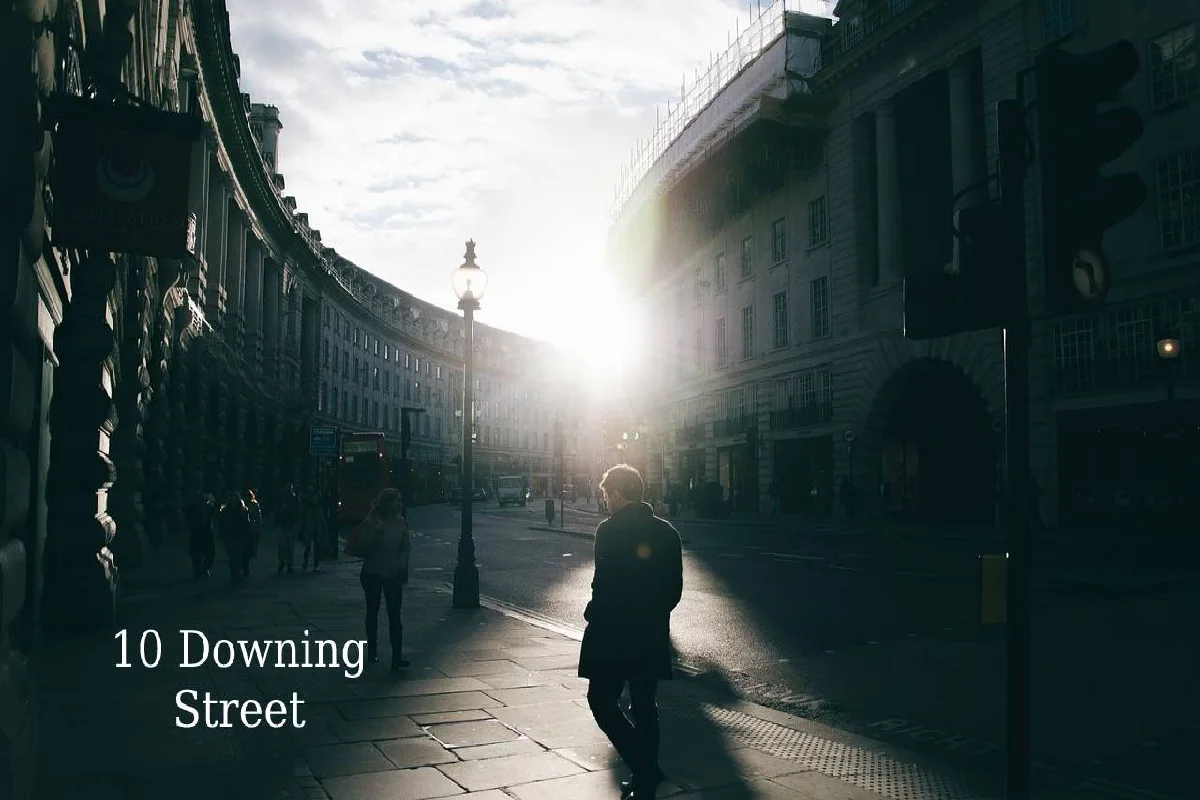10 Downing Street
10 Downing Street is the Home to British Prime Ministers since 1735, competes with the White House as the most important political building in the world.
Behind the iconic black door, some of the most important decisions affecting Britain have been made over the past 275 years.
It existed not until the 20th Century that directed the First and Second World Wars from within, as were essential decisions about the Empire’s end.
It also directed the creation of the first British atomic bomb and overcame the economic crises of the Great Depression of 1929 on modernity.
Some of the most famous political figures in modern history have lived and worked at number 10.
They include Robert Walpole, Pitt the Younger, Benjamin Disraeli, William Gladstone, David Lloyd George, Winston Churchill, and Margaret Thatcher.
The number 10 has overlapping features. It is the prime minister’s official residence.
World-famous front door
- British politics have undergone many changes over the past 300 years, and during this time, 76 prime ministers have followed Great Britain’s fate.
- While many of these leaders held opposing views, nearly all of them were united because they lived at 10 Downing Street.
- In the year 1991, replace the black oak door with an explosion-proof steel door following an IRA mortar attack on Downing Street.
- Two doors are changed approximately repaint after every two years.
- The door does not open from the outside, and the lettering plate is purely decorative.
- Instead, a guard is constantly at the door to monitor people approaching the door with a camera and provide access.
- The door does not open from the outside; there is always someone inside to unlock the door.
- Couse installed white and black marble tiles in the hallway behind the door, which are still in use.
- A security chair, designed by Chippendale, sits in one corner.
- Once used when police were sitting outside, it has an unusual “hood” designed to protect them from wind and cold.
- And also, there is a box underneath where hot coals provide warmth.
10 Downing Street attractions
- The front door at 10 Downing Street is the most photographed front door in the UK.
- You can see a single white stone step and a black steel door numbered “10”.
- The door initially finished with oak, but in 1991 replace it with an explosion-proof material after an IRA bomb exploded in a nearby garden.
- For those with good eyesight and a good zoom camera, you should see a black iron knocker on the front door.
- You should also see a copper mailbox with the First Lord Inscription of the Treasury.
- The house’s iconic black bricks are also known (although they are yellow at the bottom).
- They became black by London smog in the 19th Century and painted black in the 1960s because people saw them that way.
- The Street is a treasure trove of architectural delights that few people can see (unless you are a celebrity or, of course, a king).
- The main staircase is perhaps one of the home’s most recognizable landmarks.
- The walls along the stairs are full of portraits of former British prime ministers.
Special tips for better visibility
- Tip 1: For a better visibility, you can get a clear shot of 10 Downing Street when riding on the top deck of a double-decker bus. You can also get a good view of 10 Downing Street by touring the London Eye.
- Tip 2: If you want to photograph the Prime Minister entering or leaving the residence. Be sure to bring a good camera with an excellent zoom.
- Tip 3: If you’re lucky, armed police officers may be friendly enough to take pictures with you or answer your questions.
- Tip 4: Try not to linger on Downing Street during protests or demonstrations. (although this only happens in rare cases).
Visit to 10 Downing Street
- Unfortunately for tourists, Black gates block the 0 Downing Street and is constantly under close police surveillance.
- (However, visitors can now peek inside 10 Downing Street by taking a 360-degree virtual tour of 10 Downing Street’s official website.)
- If you’re lucky, your strength even can see the prime minister’s exit or drive into the residence in his armed car.
- You will know if the Prime Minister is driving to or from Downing Street, as there are usually many people and policemen standing around.
- But don’t let the hustle and bustle of events fool you, as the prime minister can go out or enter the residence if no one is around!
- Closer to 10 Downing Street, you can step on the side of the road next to the FCO building and peer through the black barriers.
- You must see 10 and 11 Downing Streets, as well as a group of armed forces with machine guns near the famous black door.
Ticket prices and opening times
- Unfortunately for tourists, 10 Downing Street is not open for the public. You can’t even walk to the residence, let alone down Downing Street.
- However, if you hope the Prime Minister will enter or leave the residence, check that the gate is open.
- If so, you can peek at the Prime Minister from afar or even go for photography through the tall iron gates at the end of Downing Street.
- The best chance to see anything on Downing Street is Thursday morning when the Cabinet meets with the prime minister.
- The Prime Minister usually goes to Parliament every Wednesday from 11 am to 11.30 am.
- You cannot find when the Cabinet and Prime Minister will enter or leave the building.
- Your chances of finding them are higher on weekday mornings than at night or weekends.
Also Read: 5 Step Process to Hire a CRO Agency

